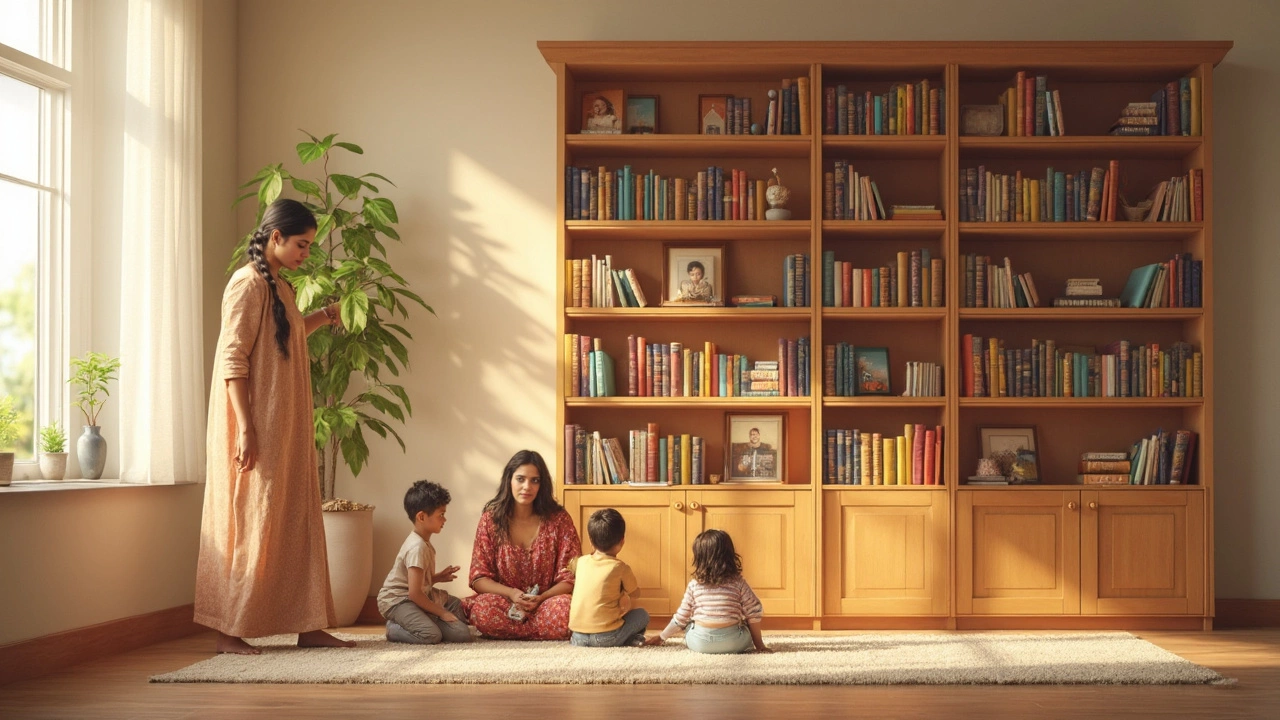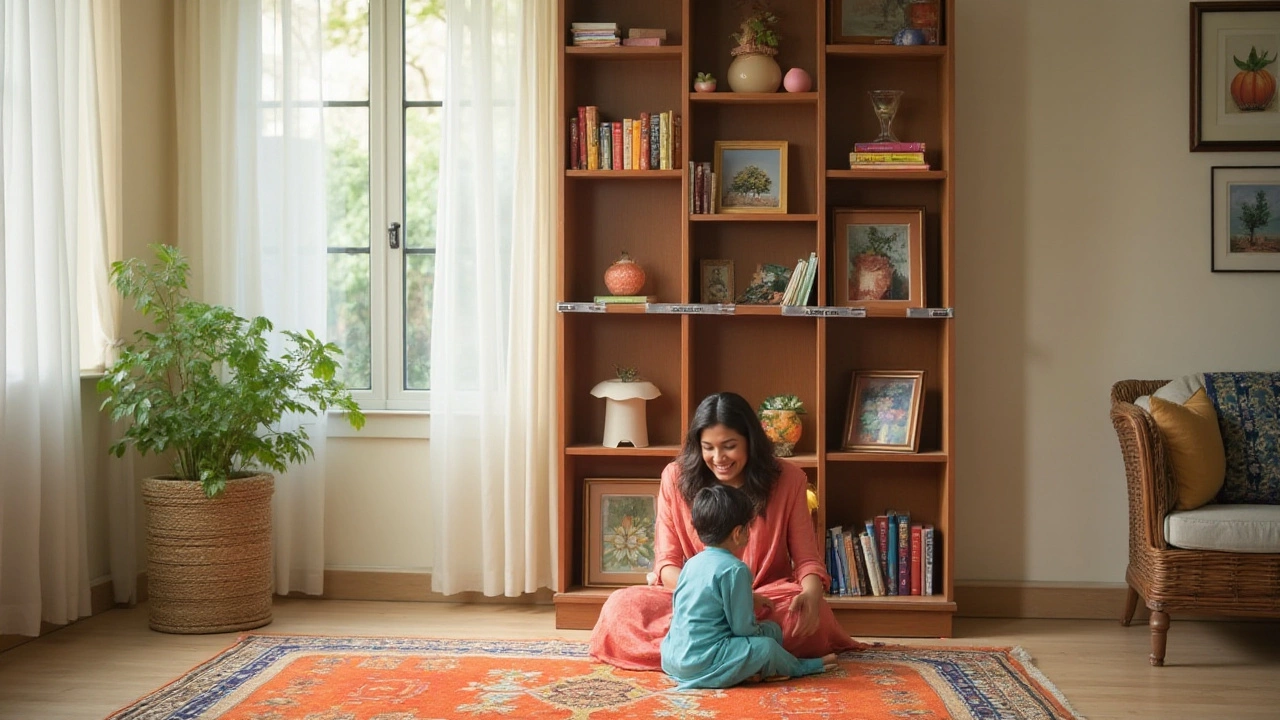Bookcase Safety: Simple Tips to Keep Your Shelves Stable
Ever watched a bookcase wobble and thought, “That could end badly”? You’re not alone. A tipped shelf can damage walls, break items, or hurt a child. The good news? Fixing it takes just a few easy steps.
Anchor the Bookcase Properly
The single most effective move is to anchor the unit to the wall. Use a sturdy brace kit – the kind that comes with screws, brackets, and a short strap. Locate a stud with a simple stud finder, drill a pilot hole, and secure the bracket. If you can’t find a stud, a wall anchor rated for the weight works, but a stud is safest.
When you install the strap, pull the bookcase snug against the wall before tightening. This eliminates the little gap that lets the unit tip when someone leans on it. A quick check: push gently on the top; if it doesn’t swing, you’re good.
Distribute Weight Wisely
Think of a bookcase like a seesaw – heavy items on one side can throw it off balance. Place the biggest, heaviest books on the bottom shelves and near the back. Light novels, décor, and knick‑knacks belong higher up.
Even spacing matters. If you pile a stack of textbooks on one end and nothing on the other, the whole thing leans. Spread loads evenly across the width of each shelf. Use a level to make sure each shelf sits flat; a slanted shelf encourages books to slide and adds stress.
Another tip: avoid storing heavy items on top of the bookcase. The higher the load, the greater the leverage that can tip the unit.
Secure the Floor and Base
Make sure the floor is level. Uneven floors let the bottom of the bookcase wobble, which can become a tipping point. Place non‑slip pads or rubber feet under each leg. These pads also protect hardwood floors from scratches.
If the bookcase has a back panel, ensure it’s firmly attached. A loose back can let the unit sway. Screw the back panel into the frame, not just the edge, for extra rigidity.
Child‑Proofing Must‑Haves
Kids love climbing, and a tall bookshelf looks like an invitation. Keep lower shelves reachable, and store dangerous items (like chemicals or sharp tools) out of reach. Consider adding a safety gate or a short barrier around the unit if your child is particularly adventurous.
Teach children that the bookshelf is not a climbing spot. Simple reminders work better than yelling; a calm "No climbing, please" goes a long way.
Regular Inspections Keep Problems Hidden
Every few months, give your bookcase a quick once‑over. Tighten any loose screws, check that the wall anchor is still snug, and make sure the back panel hasn’t warped. Look for cracks in the wood or warped shelves – replace or repair before they cause a collapse.
Spotting a small issue early saves you from a big mess later. A quick 5‑minute check can keep your home safe and your books intact.
Putting these steps into practice makes a big difference. Secure the unit, balance the load, and stay on top of maintenance, and you’ll enjoy a sturdy, tip‑proof bookcase for years to come.
Do You Really Need to Anchor a Bookcase? Safety, Risks, and Smart Tips
Debating whether you have to anchor a bookcase? Uncover the real risks, safety facts, and practical tips for keeping your shelves stable and your home safe.
Securing Freestanding Bookcases: A Guide to Safety and Stability
Discover the best methods to secure a freestanding bookcase in your home. Find practical tips and tricks to ensure the safety and stability of your furniture. Learn about different materials and techniques that can help prevent accidents and keep your bookcase upright. Make a secure environment and enhance your interior design by stabilizing your bookcases effectively.






